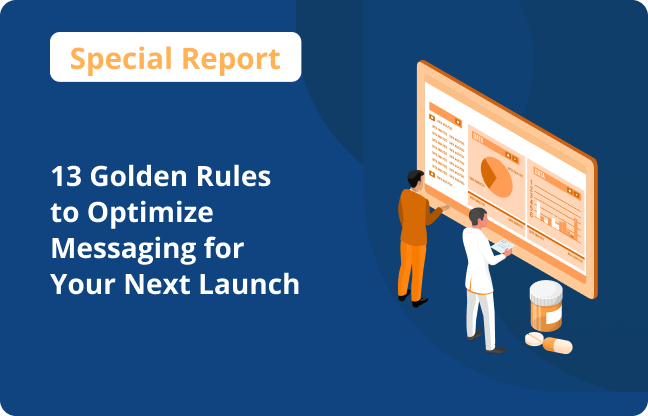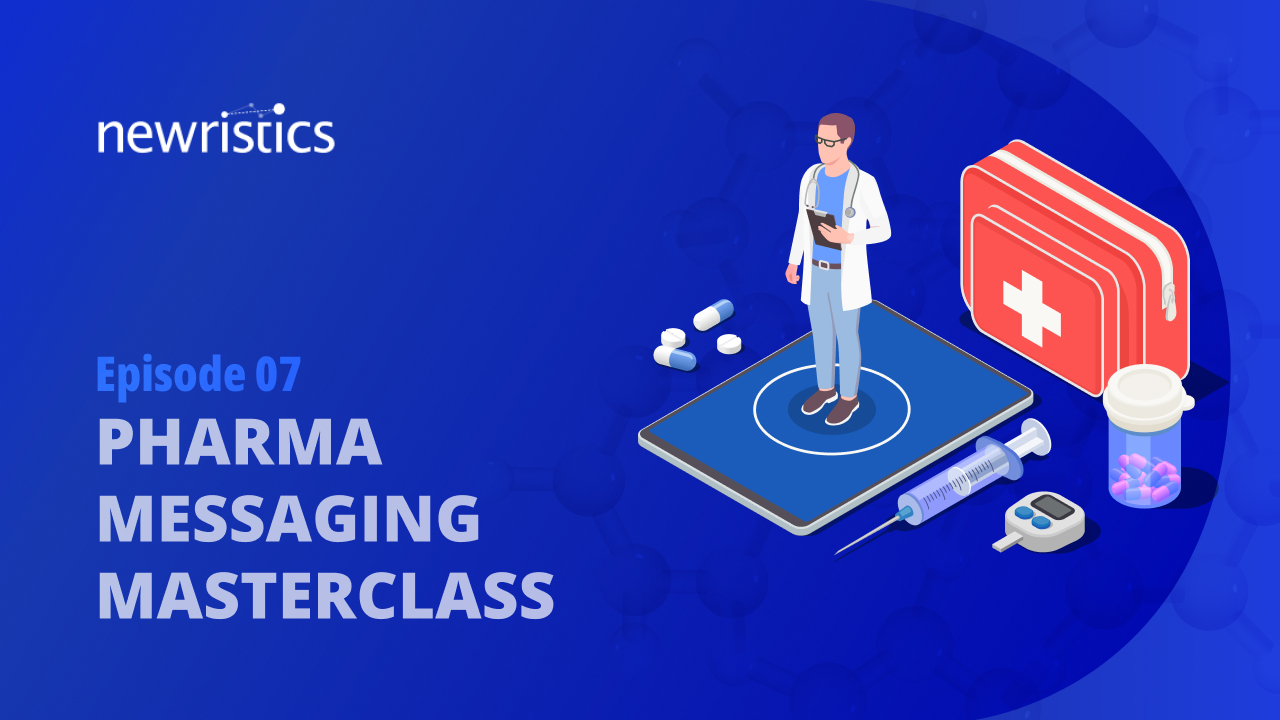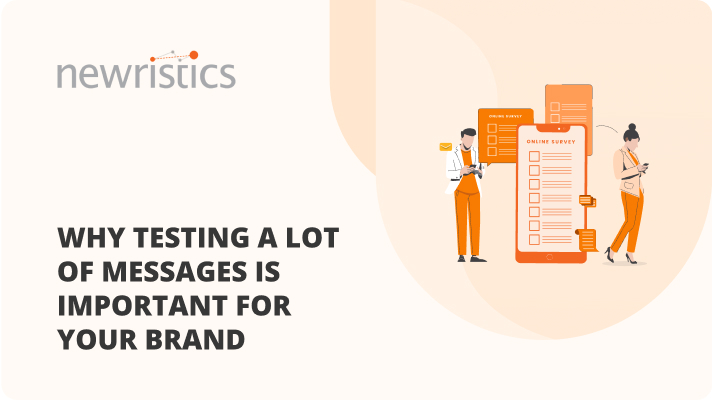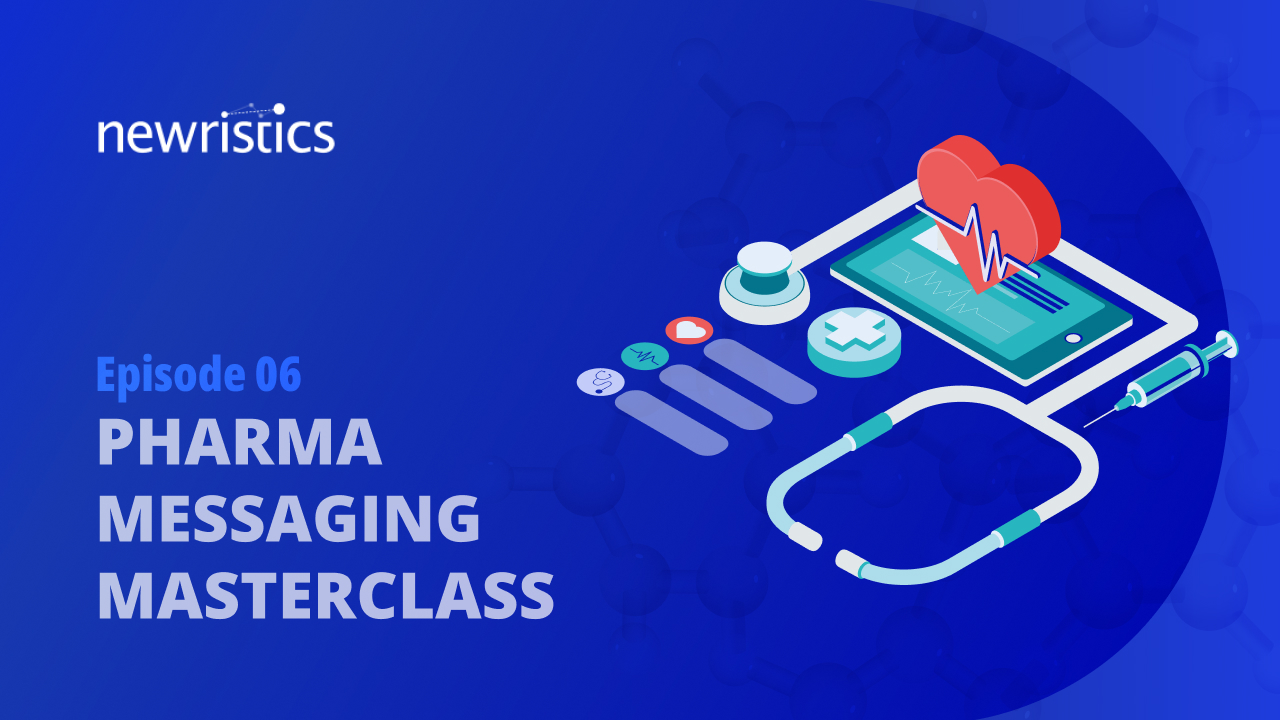Overcoming Challenges in Using RWE
While RWE is emerging as a powerful catalyst for transformation in healthcare, there are several challenges that pharmaceutical companies need to address to unlock its full potential.
Data Privacy and Compliance

Achieving compliance with data privacy regulatory bodies, such as GDPR in Europe and HIPAA in the U.S remains one of the biggest hurdles in RWE adoption. The frameworks mandated by regulatory bodies require careful handling of patient data.
Pharmaceutical companies need to navigate these complex legal frameworks that necessitate robust anonymization systems to protect patient identity while being able to derive valuable insights from them. As such, pharma companies must invest in secure systems and technologies that incorporate data governance and obtain informed consent to ensure ethical and complaint use of RWD.
Data Integration and Technology Gaps
Real-world data is obtained from various sources, whether it is from electronic health records (EHRs), claims systems, or patient-reported outcomes, often leading to fragmented datasets, inaccuracies, and bias. For RWD to deliver any valuable insights, these disparate datasets need to be linked and harmonized to improve the collective usefulness of such data, requiring robust interoperability.
Interoperability, both within health systems and across jurisdictions, enables seamless data integration, resulting in more informed decisions and better patient outcomes.
The lack of interoperability is a significant challenge for pharma, as many organizations still rely on legacy IT systems that are not designed to integrate with newer digital health technologies. This hinders the ability for pharma to create a comprehensive view of patient outcomes. Addressing this challenge requires advanced integration frameworks, the use of healthcare data exchange standards, and the adoption of artificial intelligence (AI) and machine learning (ML) tools—which have the capabilities of analyzing vast amounts of disparate datasets to deliver cohesive insights.
Organizational Barriers
The pharma industry faces another significant challenge when it comes to leveraging RWE. The lack of cross-functional alignment between medical affairs, commercial teams, R&D, and regulatory departments in many organizations can create data silos preventing any collaboration or integration.
To top it off, many pharma companies centralize their RWE functions in global medical affairs, but the actual capabilities for study design and data management are often dispersed across teams such as regulatory, commercial, and clinical development. The lack of coordination creates challenges for RWE leaders, as they must convince other departments or line leaders to support and prioritize RWE, particularly when other evidence generation methods, like RCTs, are more established.
That is why skilled professionals who understand both real-world data and analytics, as well as business strategy, are essential. However, top talent like this is scarce in the pharma sector. Many organizations struggle to find individuals with expertise in RWE study design and analytics, data science, and regulatory compliance, along with strong communications skills to advocate for RWE.

To overcome these barriers, pharma must establish an operating model that encourages interdisciplinary collaboration, promotes RWE adoption and integration, and proactively manages risks. Clear communication across all teams is essential to drive alignment and collaboration. Companies may also need to consider partnerships with subject matter experts, such as in analytics, as well as invest in training programs to build internal expertise in RWE methodologies.
The Future of RWE in Pharma
As the demand for RWE beyond clinical trials continues to grow in creating patient-centric healthcare and transforming pharma engagement strategies, the integration of AI and ML, real-time data collection technologies, and global collaborations will further enhance the immense potential of RWE.
With the volume of enhanced health data and advanced analytics increasing, pharma companies should leverage RWE to guide key aspects of the product lifecycle management including clinical development, product launches, regulatory decisions, and market access strategies to remain competitive in the market. With RWE capabilities, pharma companies can drive long-term impact to improve patient engagement, optimize drug development, enhance treatment effectiveness, and strengthen payer relationships—ultimately benefiting long–term patient outcomes.
As competition and specialization produces more novel applications, especially in oncology and rare disease therapeutic markets, pharma companies should be looking at more strategic relationships with specialized RWE providers. Managing a broader portfolio of experts can offer greater data-driven insights, leading to precise decision-making and improved treatment outcomes.
With the pivotal role that RWE plays in personalizing patient care and improving pharma’s engagement strategies, pharma companies must fully integrate insights derived from RWD into their strategies to deliver impactful, personalized healthcare solutions and drive long-term success in an increasingly data-driven industry.
 Blog posts
Blog posts Newristics
Newristics
 01 Feb 2024
01 Feb 2024

 Back
Back Share
Share














 Video
Video

 Infographics
Infographics




